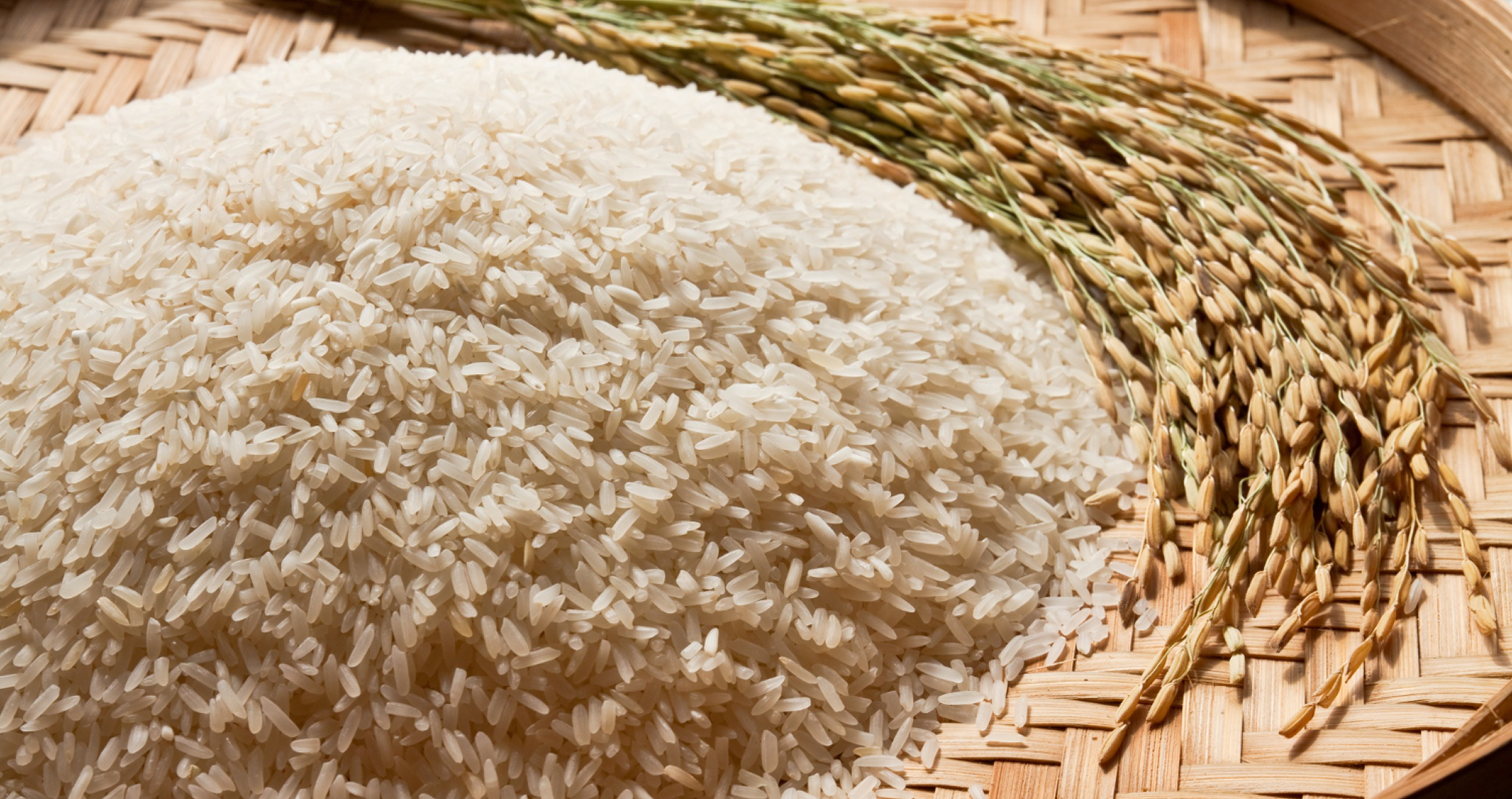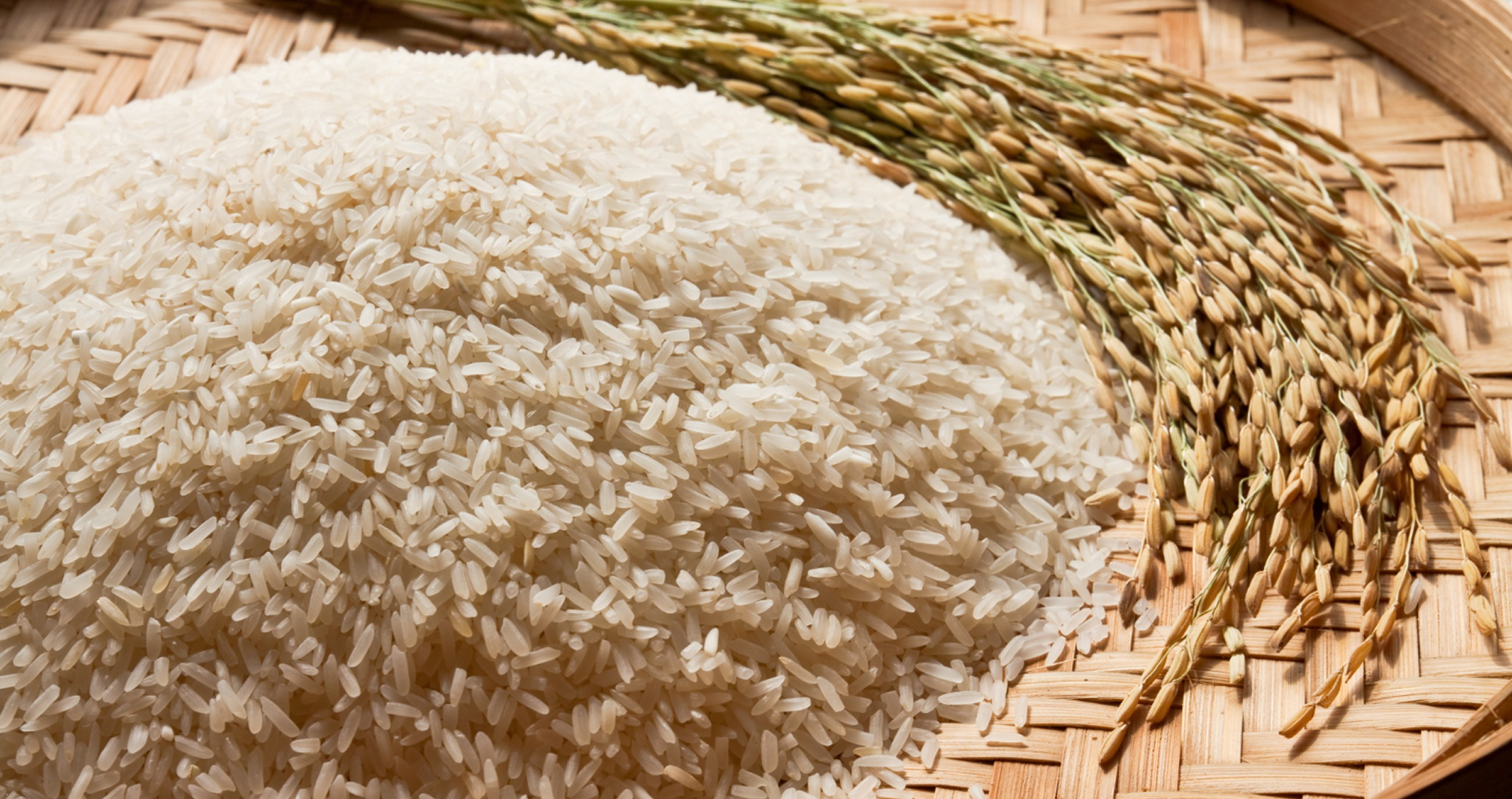#SWAHIndra
रत्नाचूड़ी - ऊर्जा और पाचन स्वास्थ्य
रत्नाचूड़ी - ऊर्जा और पाचन स्वास्थ्य
पिकअप उपलब्धता लोड नहीं की जा सकी
यह चावल की एक विरासती किस्म है, जो अपनी हल्की बनावट, आसान पाचन क्षमता और निरंतर ऊर्जा लाभ के लिए जानी जाती है।



What Makes Ratnachudi Rice Unique?
Legacy of Royalty
Once favored by the kings of Mysore, Ratnachudi rice brings a touch of royal tradition to every meal with its rich taste and nourishing qualities.
Unmatched Aroma & Flavour
With its naturally fragrant grains and delicate taste, every bite of Ratnachudi rice turns everyday meals into a special experience.
Packed with Nutrients
High in protein, fibre, and essential minerals, this rice not only satisfies your taste buds but also supports a healthier lifestyle.
Light on Stomach
Easily digestible and gentle on the body, making it the perfect choice for children, the elderly, and anyone seeking a wholesome meal.
Pure & Naturally Grown
Cultivated with care, this rice retains its natural whitish hue and requires no polishing, preserving all its wholesome goodness.
Time Tested Treasure
Cherished for generations, this rice continues to be a symbol of purity, nourishment, and the goodness of traditional farming.
Introduction
Ratnachudi rice is a cherished traditional variety from Karnataka, especially loved in the Chamarajanagar district. With its slender, naturally white grains, it cooks up soft and smooth, making it gentle on the stomach - perfect for kids and elders alike. Unlike polished commercial rice, Ratnachudi retains its natural goodness and is resistant to pests, requiring no chemical treatments. Though it depends on daylight to grow, its rich flavour and nutritional value make it worth preserving. As more people rediscover its taste and health benefits, Ratnachudi is making a well-deserved comeback, keeping tradition alive while supporting sustainable farming.
Nutrional values you get from our Ratnachudi Rice
A Healthy Source of Essential Nutrients
Protein
(8.60 g)
Fibre
(1.82 g)
Ash
(1.08 g)
Fat
(2.63 g)
Carbohydrate
(76.94 g)
Energy
(365.85 kcal)
Iron
(2.79 mg)
Zinc
(2.75 mg)
Phosphorus
(225.25 mg)
Calcium
(20.50 mg)
Total starch
(73.91%)
How Ratnachudi Rice Helps You and the Planet



Preserves Biodiversity
Grown in Karnataka, Ratnachudi rice supports agricultural biodiversity and helps sustain traditional farming practises.
Nutrient Rich & Easily Digestible
Packed with protein, fibre, and essential minerals, this soft-textured rice is gentle on the stomach and ideal for all age groups.
Taste of Heritage
Once favoured by Mysore royalty, this naturally fragrant and flavourful rice brings tradition to every meal.
Sustainable & Locally Grown
Cultivated using eco-friendly methods, Ratnachudi rice promotes sustainable agriculture and supports local farmers.
FAQs
Find answers to all your key questions about Ratnachudi rice
What is Ratnachudi rice?
Ratnachudi is a traditional rice variety from Karnataka, known for its slender grains, soft texture, and naturally whitish appearance, which eliminates the need for polishing. It is valued for its smooth consistency and easy digestibility.
What makes Ratnachudi rice unique?
Ratnachudi rice is a slender-grained, naturally whitish variety known for its soft texture when cooked. Highly digestible, it is ideal for children and the elderly. This photosensitive rice depends on daylight duration for its growth and, while it has a lower yield than commercial varieties, its unique qualities make it a cherished traditional grain.
How is Ratnachudi rice nutritionally superior?
Ratnachudi rice stands out for its superior nutritional value, offering a balanced mix of protein, fibre, and essential minerals. With 8.6g of protein and 1.82g of fibre per 100g, it supports digestion and muscle health. Rich in iron, zinc, and phosphorus, it contributes to better immunity, bone strength, and overall well-being. Its natural carbohydrate content provides sustained energy, making it a wholesome choice for a nutritious diet.
What are the health benefits of Ratnachudi rice?
Ratnachudi rice is easy to digest and has a smooth, soft texture when cooked, making it ideal for people of all ages. Its natural whiteness eliminates the need for polishing, preserving its nutritional value.
What is the shelf life of Ratnachudi rice?
When stored in a cool, dry place in an airtight container, Ratnachudi rice can last up to 6–12 months without losing its aroma and quality.
How do you cook Ratnachudi rice for the best results?
For the best results, rinse Ratnachudi rice thoroughly and soak it for 25 minutes to ensure even cooking. Use a 1:2 rice-to-water ratio and cook using the absorption method. You can either simmer it in a pot until the water is absorbed or cook on medium heat in a pressure cooker for 2-3 whistles. Typically, the rice takes around 30 minutes to cook, resulting in a soft and fluffy texture.
How is Ratnachudi rice different from Basmati rice?
Ratnachudi rice differs from Basmati in several ways - it's slender, naturally whitish, and has a soft texture when cooked, whereas Basmati is long-grained and firmer. Ratnachudi is easily digestible, making it ideal for children and the elderly, while Basmati is known for its distinct aroma and firm, separate grains.
How should Ratnachudi rice be stored?
To maintain the freshness and aroma of Ratnachudi rice, it should be stored in an airtight container in a cool, dry place, away from direct sunlight. Proper storage helps preserve its unique fragrance and quality for longer periods.
Where is Ratnachudi rice grown?
Ratnachudi rice is primarily cultivated in Karnataka, India, particularly Chamarajanagar, Mandya, Mysore, Ramanagara. However, its cultivation has declined due to its lower yield compared to modern high-yielding varieties.
Why is Ratnachudi rice not widely cultivated?
Ratnachudi rice is a low yielder and is photosensitive, making it less favourable for large-scale commercial farming. Many farmers have shifted to high-yielding hybrid varieties for better economic returns.
Is Ratnachudi rice available in markets?
Since it is a rare traditional variety, Ratnachudi rice is not commonly found in mainstream markets. However, it may be available through organic stores, seed savers, or farmers dedicated to preserving traditional rice varieties.
How is Ratnachudi rice being preserved?
Dedicated farmers, FPO and conservationists, of Karnataka, are working to preserve Ratnachudi and other indigenous rice varieties. These efforts include seed-saving initiatives and promoting traditional farming methods to sustain biodiversity.










